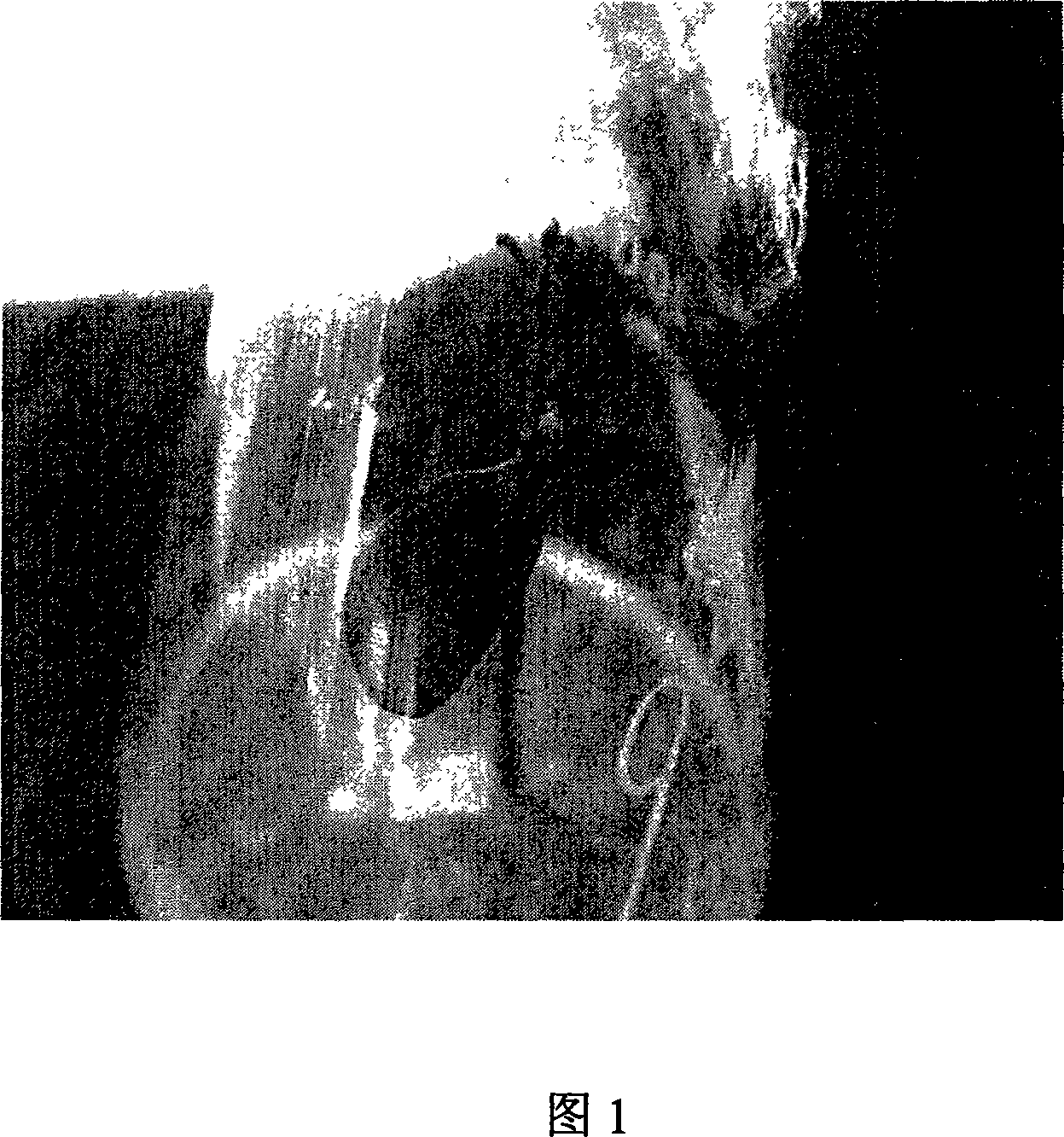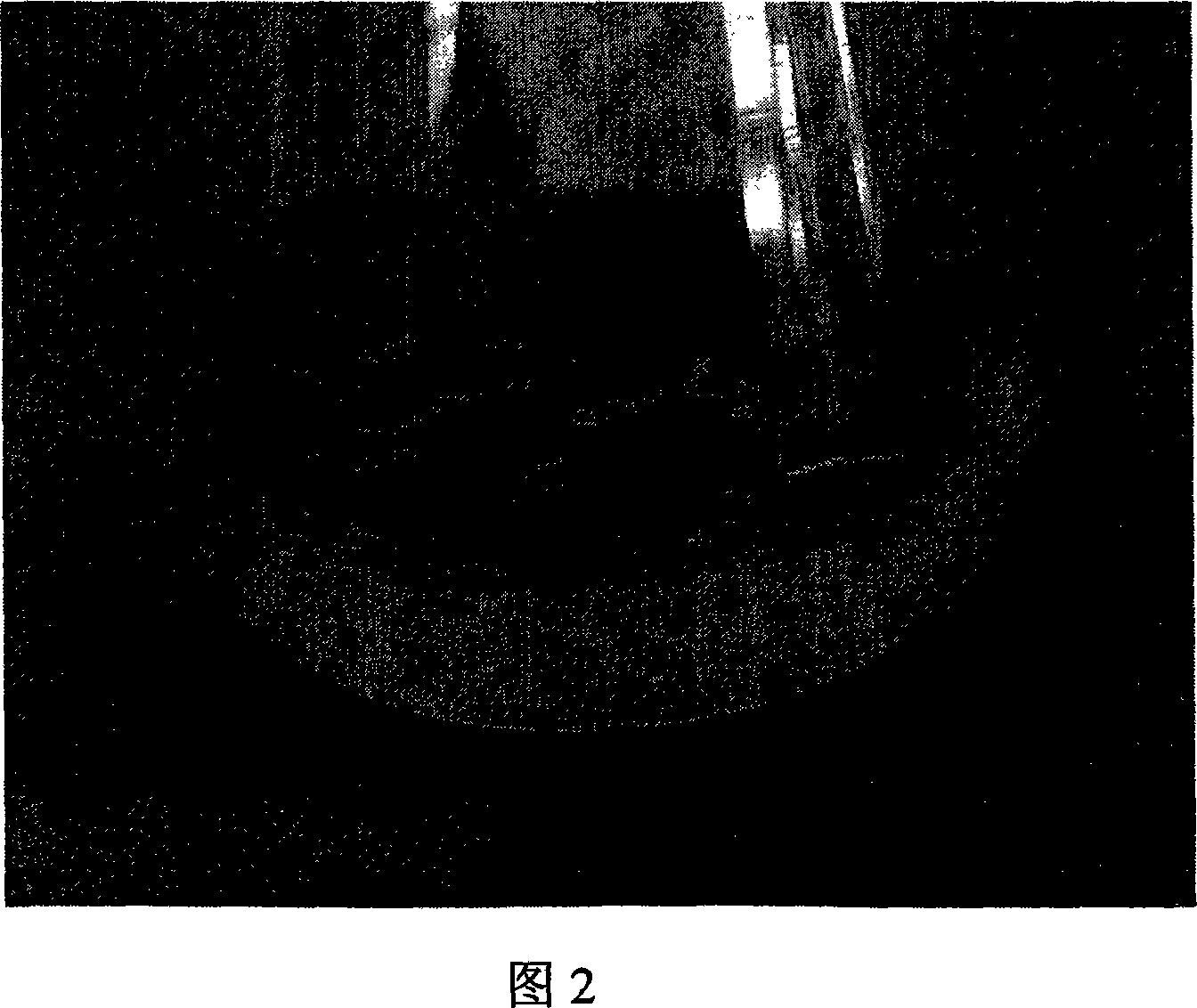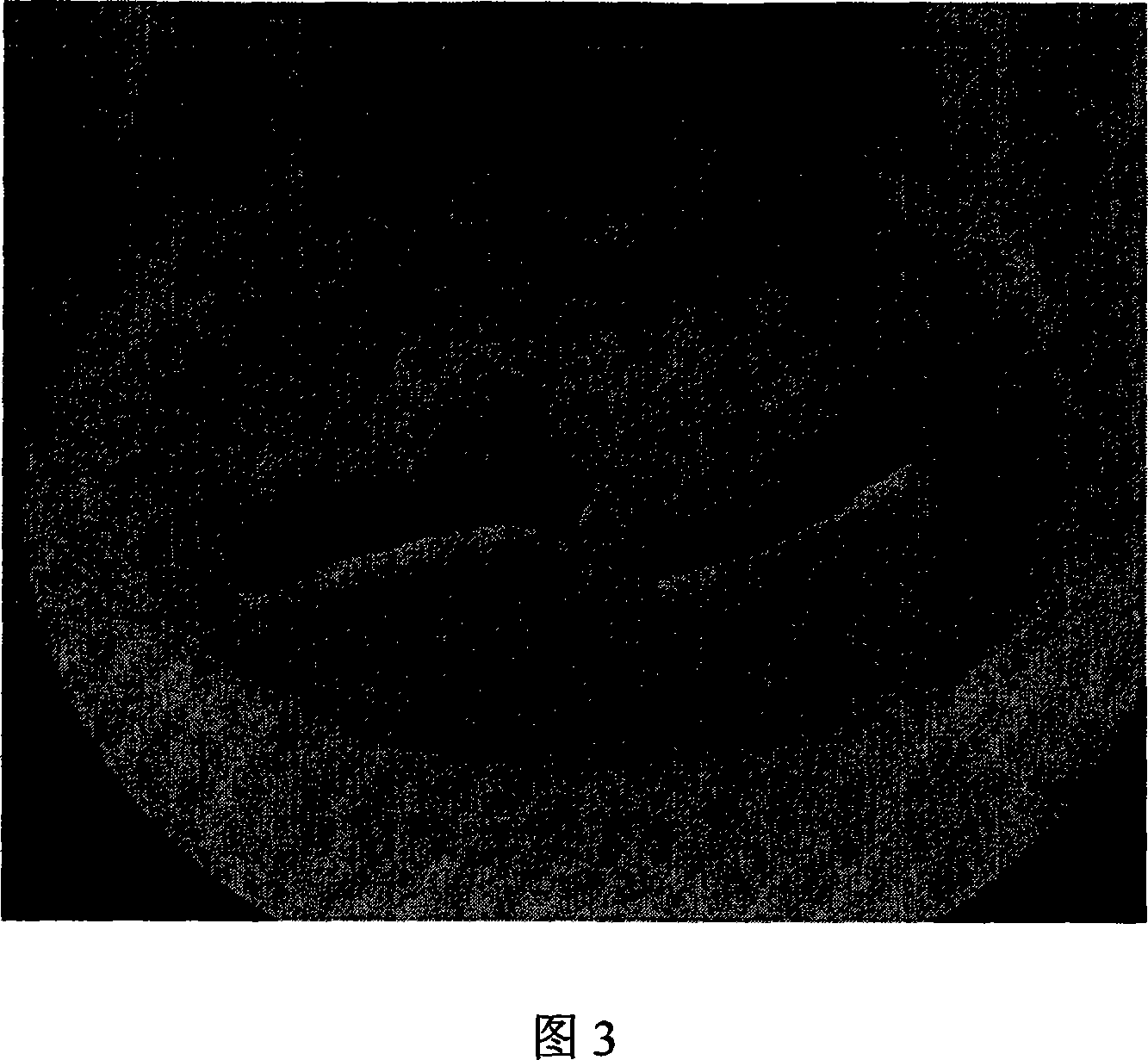Method for high frequency plant regenerating of tallow tree tissue culture adventitious bud
A high-frequency, Chinese tallow tree technology, applied in the field of high-frequency plant regeneration of Chinese tallow tree tissue culture adventitious buds, can solve the problems of uneven seed maturity, long reproductive cycle, and species degradation, so as to increase the frequency of reproduction, accelerate the cycle of reproduction, The effect of increasing the multiplication factor
- Summary
- Abstract
- Description
- Claims
- Application Information
AI Technical Summary
Problems solved by technology
Method used
Image
Examples
Embodiment 1
[0027] Cultivation of explant material:
[0028] Chinese tallow tree species: Chinese tallow tree from Nanjing, China introduced from the Jiangsu Institute of Botany in 2006.
[0029] Seed germination medium: using WPM, adding 3% sucrose and 0.8% agar strips by mass ratio to the WPM, and adjusting the pH value to 5.8 with potassium hydroxide before autoclaving.
[0030] Remove the seed coat from the mature fruit of Chinese tallow tree, sterilize the surface with 75% ethanol for 1min, and then use 10% H 2 o2 Disinfect with hydrogen peroxide for 30 minutes, then rinse with sterile water three times, inoculate into the seed germination medium, put 1 seed in every 50ml triangular flask, the temperature of the cultivation room is 26°C-28°C, and the light is 16h per day. Under culture, the light intensity is 2000lux. After 16-20 days, about 38% of the cotyledons of Chinese tallow tree seeds have unfolded, and there are 3-4 terminal buds of unexpanded true leaves, 2-3cm long hypocot...
Embodiment 2
[0033] Induction culture of adventitious buds from different explants of Chinese tallow tree A
[0034] Basic medium: WPM, 3% by mass of sucrose, 0.8% by mass of agar strips, pH5.8;
[0035] Cotyledon adventitious bud induction medium: WPM+0.2mg / L IBA+1.0mg / L KT+2.0mg / L6-BA.
[0036] Terminal bud, hypocotyl and root adventitious bud induction medium: WPM+0.1mg / L IBA+0.1mg / LIAA+0.2mg / L 6-BA.
[0037] Each of the above-mentioned media needs to be adjusted to pH 5.8 with potassium hydroxide before autoclaving.
[0038] Culture room environment: temperature: 26°C-28°C, scattered light for 16 hours a day, light intensity 2000lux.
[0039] Induction culture of adventitious buds:
[0040] Under aseptic conditions, the sterile Chinese tallow tree seedlings were divided into two longitudinally to obtain cotyledon blocks, terminal buds containing unexpanded true leaves, and transversely to obtain 5 mm long hypocotyl sections and root sections. , they were inoculated on the correspon...
Embodiment 3
[0043] Induction culture of adventitious buds from different explants of Chinese tallow tree B
[0044] The difference between this embodiment and Example 2 is only that in the process of implementing the high-frequency plant regeneration of adventitious buds for the hypocotyls and root cut sections of aseptic Chinese tallow tree seedlings, different adventitious bud induction media were selected to achieve Adventitious bud clusters were induced directly without callus.
[0045] Hypocotyl adventitious bud induction medium: WPM+0.5mg / L IBA+2.0mg / L KT+3.0mg / L6-BA.
[0046] Adventitious shoot induction medium: WPM+0.5mg / L NAA+3.0mg / L 6-BA.
[0047] All of the above media need to be adjusted to pH 5.8 with potassium hydroxide before autoclaving.
[0048] The 5 mm long hypocotyl section was placed in this hypocotyl adventitious bud induction medium, and the hypocotyl was directly differentiated into adventitious bud clusters at both ends of the wound, and the induction rate was a...
PUM
 Login to View More
Login to View More Abstract
Description
Claims
Application Information
 Login to View More
Login to View More - R&D
- Intellectual Property
- Life Sciences
- Materials
- Tech Scout
- Unparalleled Data Quality
- Higher Quality Content
- 60% Fewer Hallucinations
Browse by: Latest US Patents, China's latest patents, Technical Efficacy Thesaurus, Application Domain, Technology Topic, Popular Technical Reports.
© 2025 PatSnap. All rights reserved.Legal|Privacy policy|Modern Slavery Act Transparency Statement|Sitemap|About US| Contact US: help@patsnap.com



